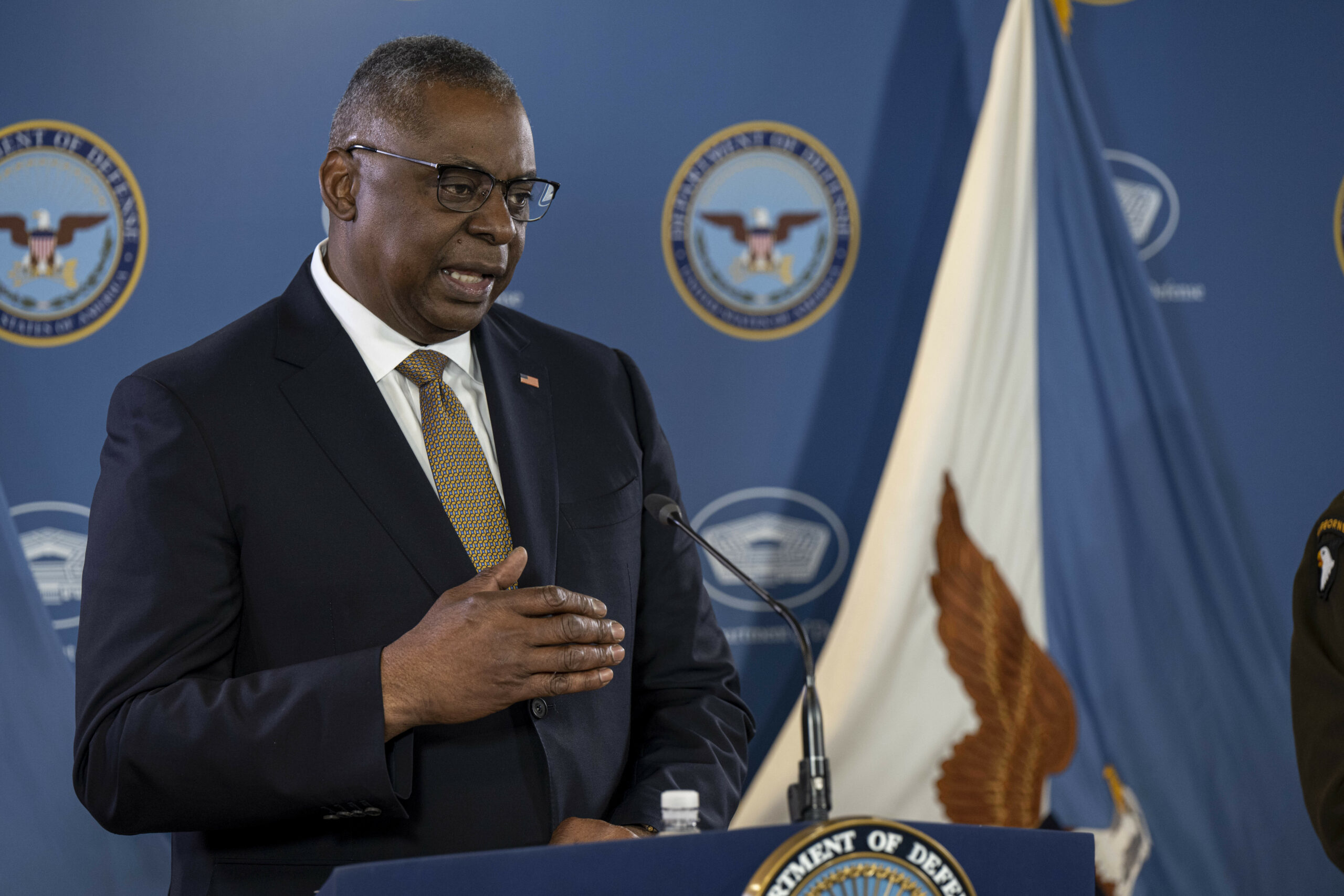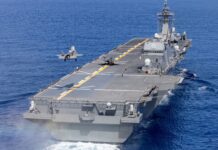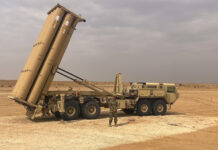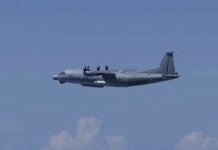The US Department of Defense (DoD) released the Biden Administration’s Fiscal Year 2024 (FY24) Defense Budget request on 13 March 2023, having submitted it to the US Congress on 9 March. The request totals USD 842 Bn (EUR 793.58 Bn): an increase of USD 26 Bn, or 3.18%, over 2023 levels and USD 100 Bn more than FY 2022.
However, the US inflation rate is currently running at 6.04%, suggesting there will be no real-term increase in US defence spending.
Under the US National Defense Authorization Act process the defence budget must now be sent to the House and Senate armed services committees (HASC and SASC) for amendment, after which their mark-ups are reconciled. The defence budget is then presented for final approval by the president.
Commenting on the FY 2024 budget request, US Defense Secretary Lloyd J Austin was quoted as stating in a US DoD press release, “The FY 2024 budget is the most strategy-driven request we’ve ever produced from the Department of Defense. And as our National Defense Strategy makes clear, the People’s Republic of China (PRC) is our pacing challenge. This budget seeks to meet this critical challenge today, tomorrow, and into the future by providing the resources today to continue to implement our National Defense Strategy and keep our nation safe while delivering a combat credible Joint Force that is the most lethal, resilient, agile, and responsive in the world.
“As the PRC races to modernize its military, this budget will sharpen our edge by making critical investments across all timeframes, theaters, and domains,” said Austin. “Among numerous important actions that bolster our combat credibility in the short term, this budget makes the Department’s largest-ever investments in readiness and procurement – and our largest investment in research and development.”
Austin said the budget “makes major investments in integrated air and missile defenses and operational energy efficiency, as well as in our air dominance, our maritime dominance, and in munitions, including hypersonics”. He noted that the budget includes the largest ever request for the Pacific Deterrence Initiative, focusing on “advanced capabilities, new operational concepts, and [a] more resilient force posture in the Indo-Pacific region” as well as “ground-breaking posture initiatives” in Guam, the Mariana Islands, the Philippines, Japan, and Australia.

The budget also “increases funding to continue modernizing all three legs of our nuclear triad to maintain a safe, secure, and effective strategic deterrent against advanced and persistent threats around the world”, said Austin.
Key investments within the budget across all domains include:
- USD 61.1 Bn for air power to continue developing, modernising, and procuring lethal air forces, including a focus on the F-22, F-35, and F-15EX fighters; the B-21 bomber; mobility aircraft such as the KC-46A tanker; specialised support aircraft; and unmanned aircraft systems.
- USD 48.1 Bn for sea power, including new construction of nine battle force fleet ships and continued funding for the incremental construction of Ford-class nuclear-powered aircraft carriers and Columbia-class nuclear-powered ballistic missile submarines (SSBNs).
- USD 13.9 Bn for land power, supporting modernisation of US Army and US Marine Corps combat equipment, including the Armored Multi-Purpose Vehicle, Amphibious Combat Vehicle, and Optionally Manned Fighting Vehicle.
- USD 37.7 Bn for Nuclear Enterprise Modernization, including: continued development and procurement of the B-21 bomber; production of the second Columbia-class SSBN; first-year advanced procurement funding for the LGM-35A Sentinel intercontinental ballistic missile programme; and development efforts supporting nuclear command, control, and communications systems.
- USD 29.8 Bn to enhance US missile defences, including: development of the Next Generation Interceptor for Ground-Based Midcourse Defense and extending the service life of the current interceptor fleet; increased investments in regional missile defences with Patriot missiles, a Lower Tier Air and Missile Defense Sensor, additional short-range air defence battalions, and hypersonic weaponry and defences; development of a resilient overhead persistent infrared capability in low and medium Earth orbit plus continued fielding of the Next Generation Polar programme; integration of the Terminal High Altitude Area Defense (THAAD) system into the US Army’s Integrated Air and Missile Defense Battle Command System planning process, and continuing development of an eighth THAAD battery; advanced innovation technologies and demonstrations, including those involving cyber operations and hypersonic strike capabilities; and efforts to defence the Pacific island of Guam against the missile threat from China.
- USD 11.0 Bn to deliver a mix of highly lethal precision weapons, including hypersonic missiles and other long-range fires such as the Joint Air-to-Surface Standoff Missile, Long-Range Anti-Ship Missile, and Standard Missile 6.
- USD 33.3 Bn in vital space capabilities, resilient architectures, and enhanced space command and control.The budget request focuses USD 146 Bn on readiness across all services, including USD 9.1 Bn in support of the Pacific Deterrence Initiative: a 40% increase from FY 2023.In relation to countering Russian aggression, the FY 2024 budget includes USD 3.6 Bn for the European Deterrence Initiative, USD 601 M in contributions to NATO, USD 293 M on the NATO Security Investment Program, and USD 300 M on the Ukraine Security Assistance Initiative.
For research, development, test and evaluation initiatives the budget assigns USD 145 Bn: a 40% increase over the FY 2023 enacted level.
For munitions the budget requests USD 30.6 Bn: an increase of USD 5.8 Bn above last year’s request. This is an area where the conflict in Ukraine has led to a revision in DoD thinking. On 15 March Michael J McCord, Undersecretary of Defense (Comptroller) and Chief Financial Officer, stated, “Ukraine has certainly informed us of the lack of flexibility in our industrial base. … We are going to up our game.” He added that the DoD and US defence-industrial base need to be more agile in fulfilling any surge in demand for munitions. One solution being put into place, he noted, is multi-year procurements for munitions – similar to those for major defence platforms – that keep assembly lines running and workforces employed.
Peter Felstead













